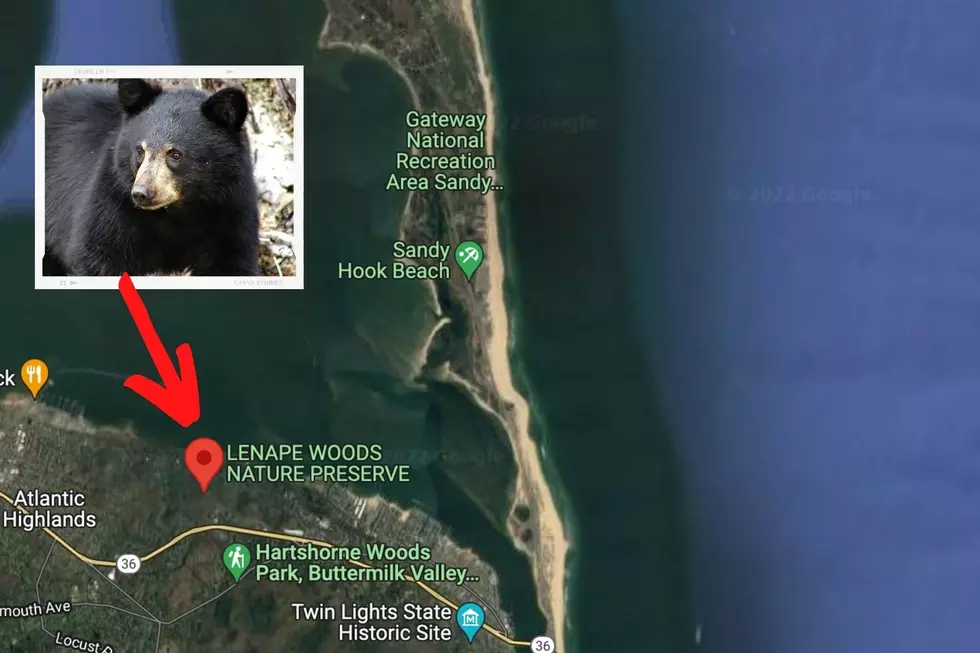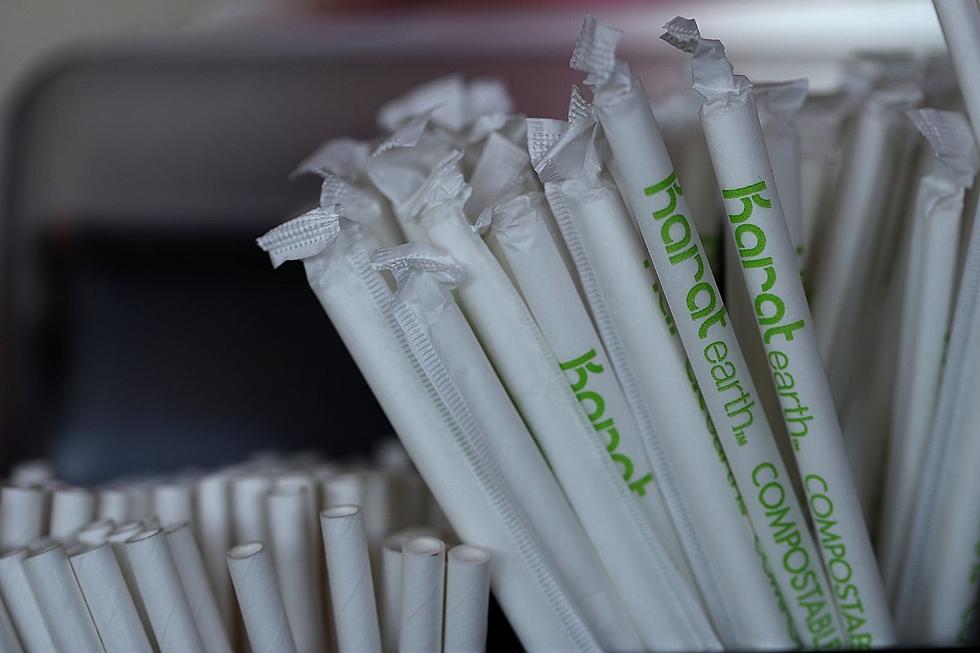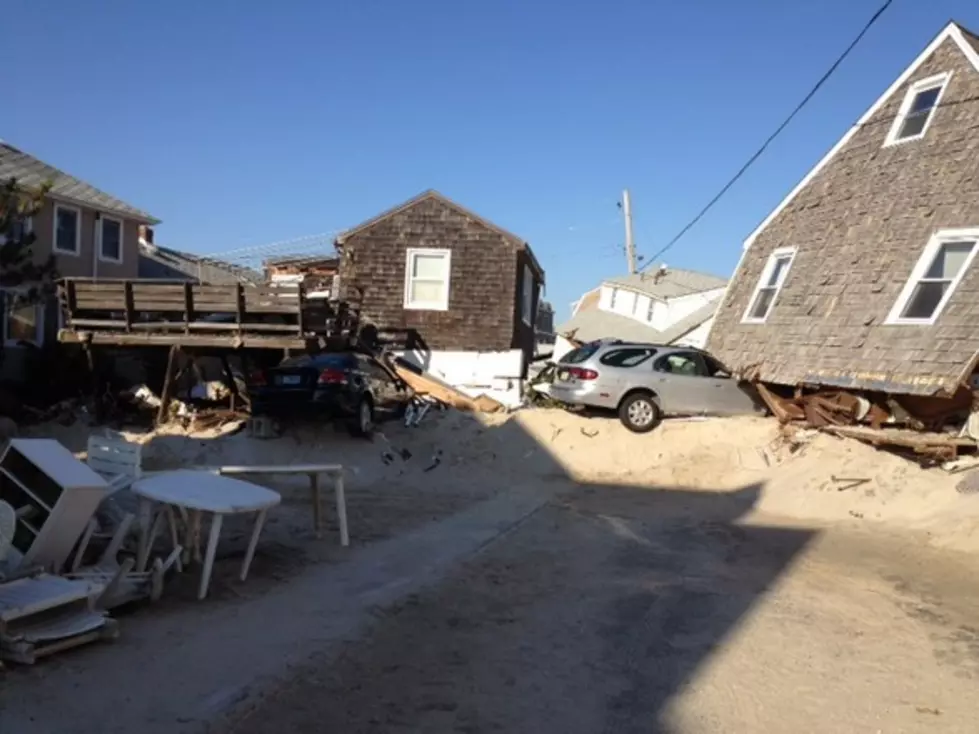
Red Knot, Shorebirds Could Benefit from Beach Improvements
In an effort to restore critical feeding habitats for migrating shorebirds, in particular the state-endangered red knot, the state and its partners are working to re-establish Delaware Bay beaches that were eroded by Superstorm Sandy.
The project, supported by grants from conservation groups, is being conducted in two phases that will target a large portion of the bay shoreline in Cape May County. The first phase is currently underway, focusing on emergency, stop-gap restoration of beaches adjacent to creeks. The second phase, to be conducted later this year, will focus on removing rubble, old pilings, bulkheads and abandoned structures from beaches.
“The restoration of these beaches is a high ecological priority for the Christie Administration in the wake of Sandy and may prove critical to the success of this year’s shorebird migration, especially the migration of endangered red knots,” said Department of Environmental Protection Commissioner Bob Martin.
Restoration will also provide places for horseshoe crabs to lay their eggs in time for the critical spring shorebird migration.
“Sandy caused significant erosion of horseshoe crab spawning habitat on Delaware Bay,” said Amanda Dey, project leader with the DEP’s Endangered and Nongame Species Program. “The work we are doing to restore some of the most critical beaches will hopefully give the red knots a fighting chance this spring.”
Due to continued declines in the red knot population, the DEP downgraded the species’ status last year from threatened to endangered.
More From New Jersey 101.5 FM









